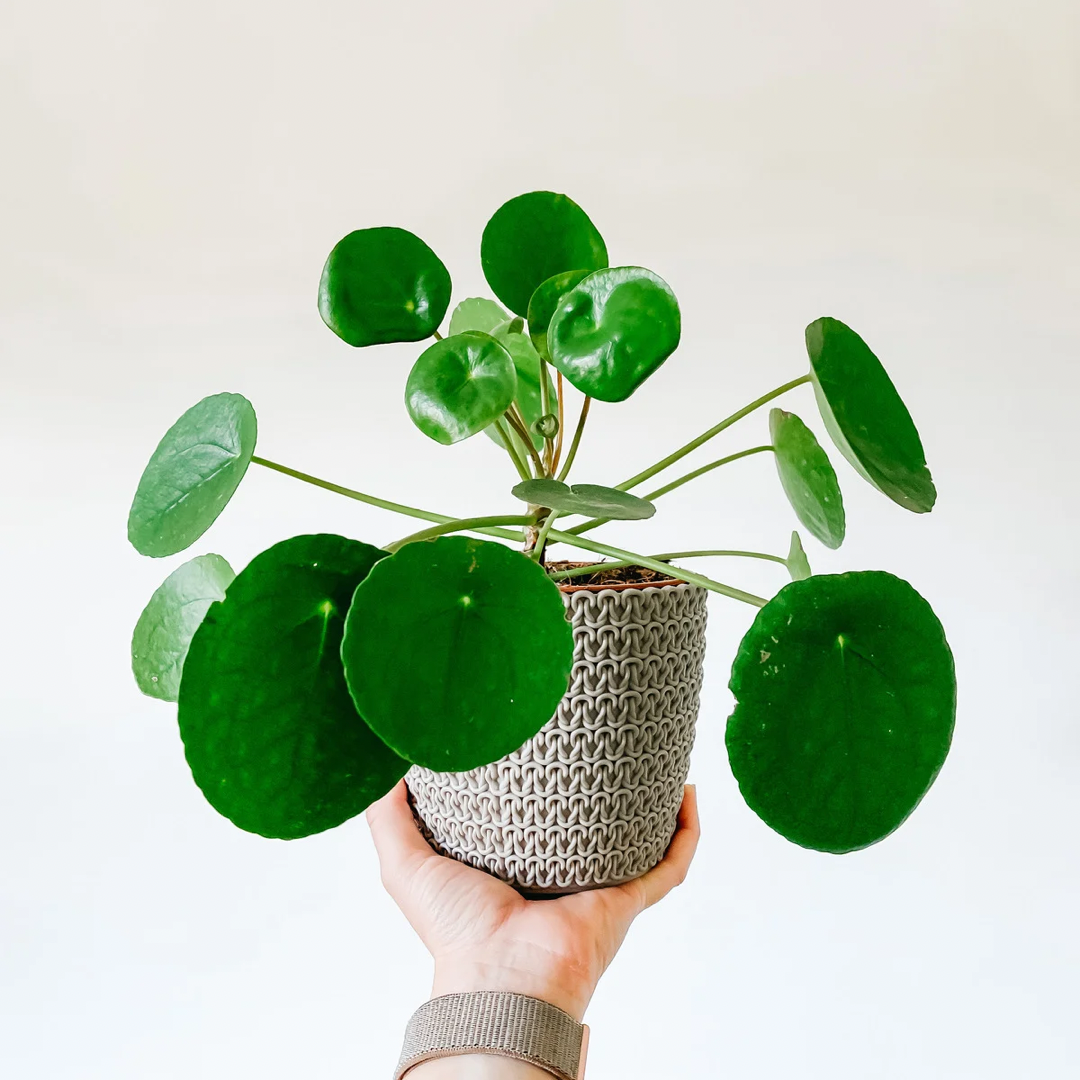Absolutely! Here’s a comprehensive 3000-word article on the Pilea plant, formatted with `
` and `
` tags instead of “.
The Charming Pilea: A Guide to Cultivating These Popular Houseplants
The Charming Pilea: A Guide to Cultivating These Popular Houseplants
The Pilea genus, a diverse group of flowering plants within the Urticaceae family, has captivated plant enthusiasts worldwide. With their unique foliage and easy-going nature, Pileas have become a staple in modern indoor gardens. From the iconic Pilea peperomioides, the “Chinese Money Plant,” to the textured Pilea mollis, the “Moon Valley Plant,” these plants offer a variety of shapes, sizes, and textures to suit any aesthetic. This article will delve into the world of Pilea, exploring their origins, varieties, care requirements, and propagation methods.
Origins and Diversity of Pilea

Pilea plants are native to tropical and subtropical regions across the globe, including Central and South America, Africa, and Asia. This wide distribution has resulted in a vast array of species, each adapted to its unique environment. The name “Pilea” comes from the Latin word “pileus,” meaning “felt cap,” referring to the cap-like covering of the female flowers.
Notable Pilea Species
Pilea peperomioides (Chinese Money Plant): Known for its round, coin-like leaves, this species has experienced a surge in popularity in recent years. Its unique appearance and ease of care make it a favorite among beginner and experienced plant owners alike.
Caring for Your Pilea

Pileas are generally considered easy-care plants, but providing the right conditions is essential for their health and vitality.
Light Requirements
Most Pileas prefer bright, indirect light. Direct sunlight can scorch their leaves, while insufficient light can lead to leggy growth and dull foliage.
Watering

Water your Pilea when the top inch of soil feels dry. Overwatering can lead to root rot, a common problem with these plants.
Soil and Fertilization
Use a well-draining potting mix, such as a blend of peat moss, perlite, and vermiculite. This mix allows for adequate aeration and prevents waterlogging.
Temperature and Humidity
Pileas prefer temperatures between 60°F and 80°F (15°C and 27°C). Avoid exposing them to extreme temperature fluctuations or cold drafts.
Propagation of Pilea
Propagating Pilea plants is a relatively simple process, allowing you to expand your collection or share these charming plants with friends and family.
Stem Cuttings
The most common method of propagation is through stem cuttings.
Division
Some Pilea species, such as Pilea microphylla, can be propagated through division.
Leaf Cuttings
Pilea peperomioides can also be propagated using leaf cuttings.
Common Pilea Problems and Solutions
While Pileas are generally easy to care for, they can encounter a few common problems.
Root Rot
Overwatering is the primary cause of root rot.
Leaf Drop
Leaf drop can be caused by various factors, including insufficient light, overwatering, underwatering, or temperature fluctuations.
Pests
Pileas can be susceptible to common houseplant pests, such as spider mites, mealybugs, and aphids.
Leggy Growth
Leggy growth is often a sign of insufficient light.
Pilea’s Aesthetic Appeal and Uses
Pileas’ unique foliage and easy-going nature have made them popular choices for indoor decoration. Their compact size and variety of textures and colors make them versatile additions to any space.
Decorative Uses
Pileas can be displayed in various ways, from individual pots to terrariums and living walls.
Air Purification
Like many houseplants, Pileas contribute to air purification by removing toxins from the indoor environment.
Gifts and Sharing
Pilea peperomioides is often referred to as a sharing plant, due to the ease of propagation, and the numerous pups it creates.
Conclusion
The Pilea genus offers a delightful array of houseplants that are both beautiful and easy to care for. From the iconic Chinese Money Plant to the textured Moon Valley Plant, these plants add a touch of natural charm to any indoor space. By providing the right conditions and following proper care practices, you can enjoy the beauty and benefits of these captivating plants for years to come.

